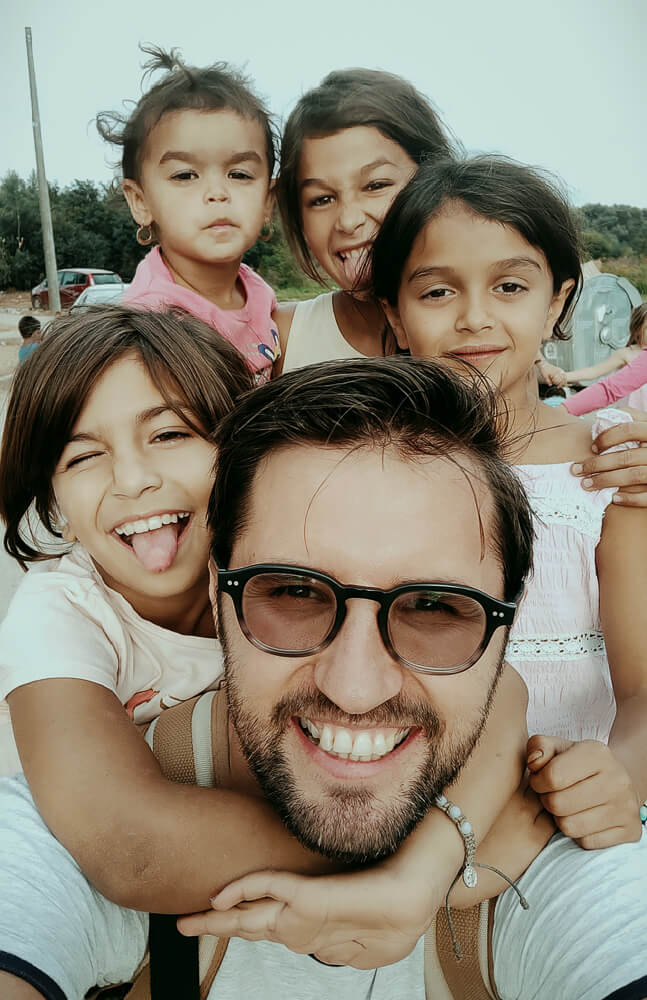Damian Lemański aka Damian Wolf Wagabunda
Polish freelance photojournalist documenting the life around him.
He is mainly interested in people and their place in today's world - especially those left
aside, on the margins of society.
In 2008 he graduated from the European Academy of Photography in Warsaw - Dr Izabela
Jaroszewska's school.
He took part in workshops led by Kadir van Lohuizen, Pep Bonet, Tanya Habjouga, Espen
Rasmussen, Stefano De Luigi, Tomasz Tomaszewski, Michael Ackerman, Lorenzo
Castore.
Vagabond and dreamer.
At the turn of 2011 and 2012 he wandered for 181 days through South America.
From this solitary expedition he edited the film 181
.
And in 2015 he set off on his bike from Korsze in Masuria (Poland) to Africa, to reach
Dakar in Senegal after 171 days. During this expedition, together with the foundation Hear
Africa
, he raised money for the education of a deaf girl, Makane Dieng. From this
expedition, Damian created the film Restaurant
, which premiered in February 2018.
In early 2019, he flew to the Greek island of Lesbos, where Europe's largest refugee camp
is located, because he wanted to get to know the people that so many are afraid of without
knowing them at all. For a few weeks, walking between tents in the so-called jungle next to
the Moria camp (which he was not allowed into) and in other places on the island, he met
hundreds of people who willingly invited him to join them around the campfire for warm tea
or a meal in the tent that is currently their home, shared bread they had just baked in an
oven dug into the ground, and shared heartbreaking stories. He met people who live in
inhumane conditions and try to maintain their dignity, people who, having little, get
offended if you don't eat enough, when they offer what they have. He also met there a
wonderful Greek couple, Katerina and Nikos, who 6 days a week host the residents of the
Moria and Kara Tepe camps for dinner in their restaurant and take the meals to the place.
They are assisted by many volunteers, including from Poland.
In October 2019, he visited Senegal again - this time to document the work of the Polish
Medical Mission. At that time, he met Huleje (Little Princess) and her parents.
Since 2017, every now and then he visits Lunik IX, a Roma settlement in Kosice, Slovakia,
where he left his heart among the children living there.
On a daily basis, he tries to love.
